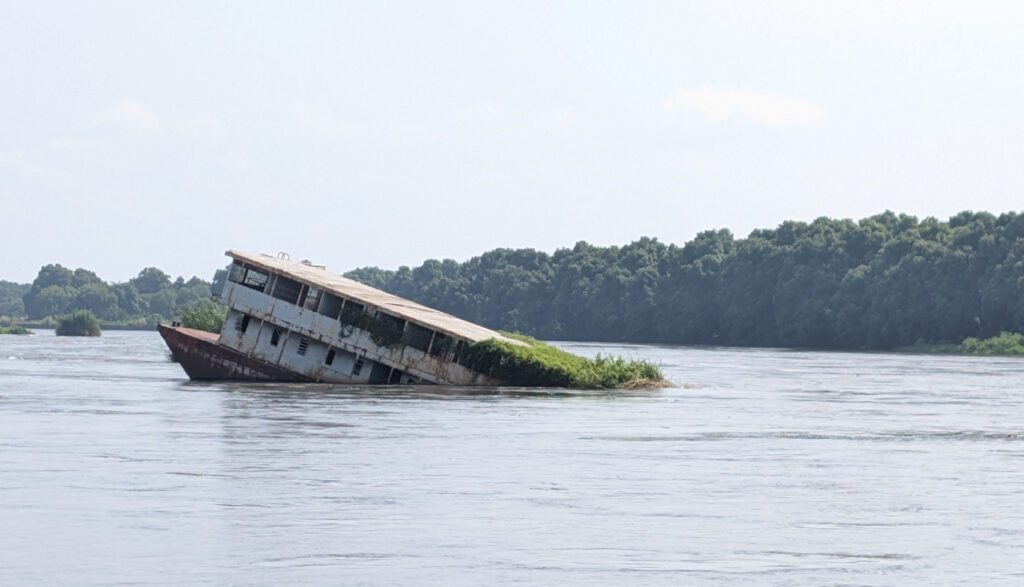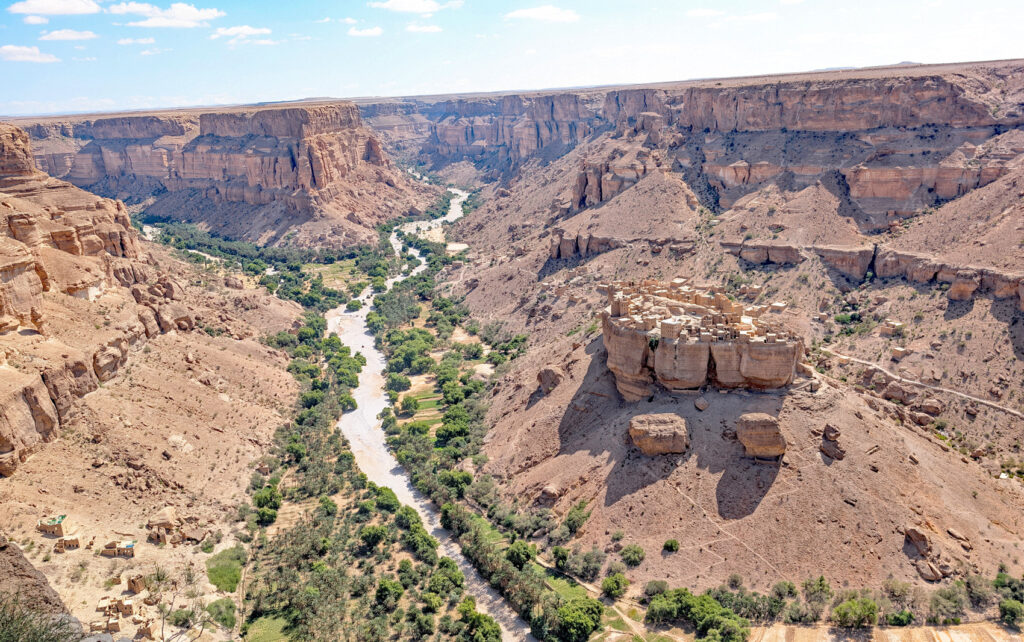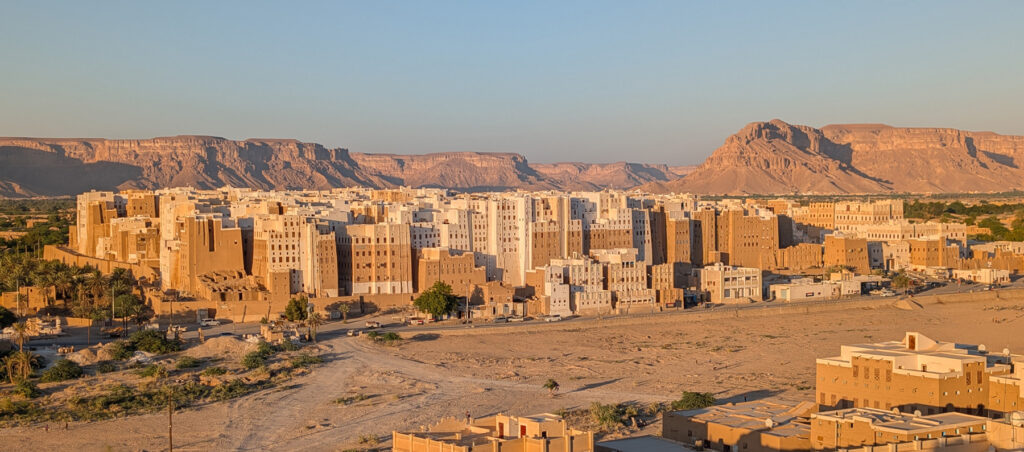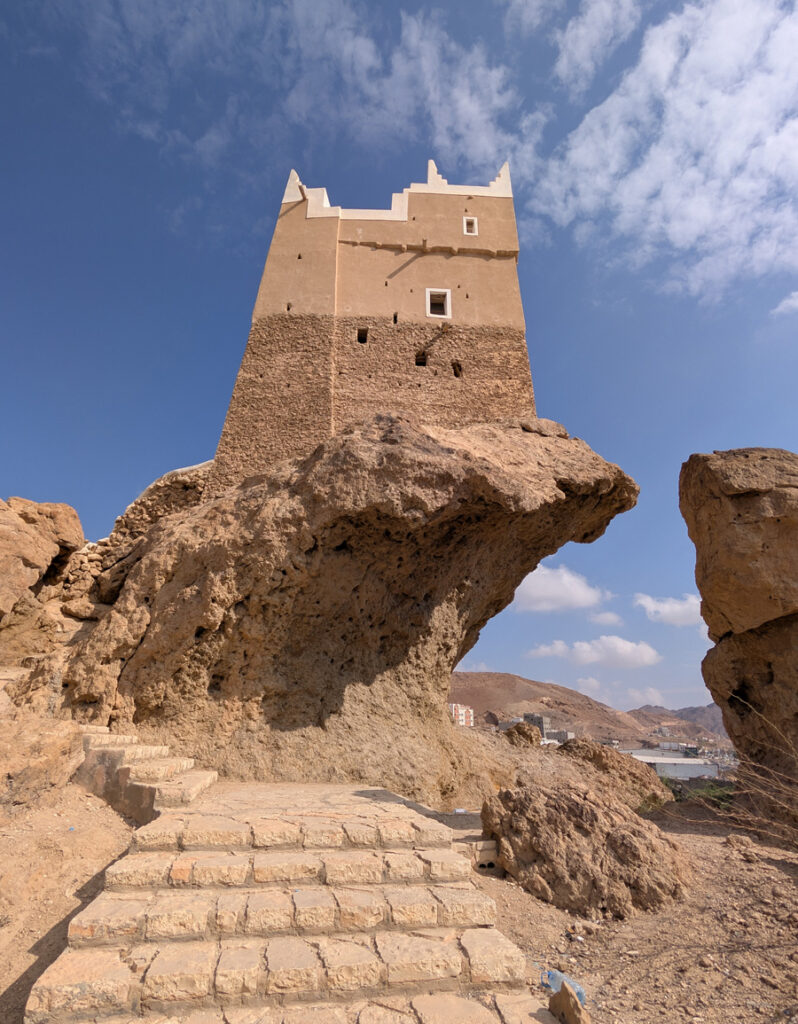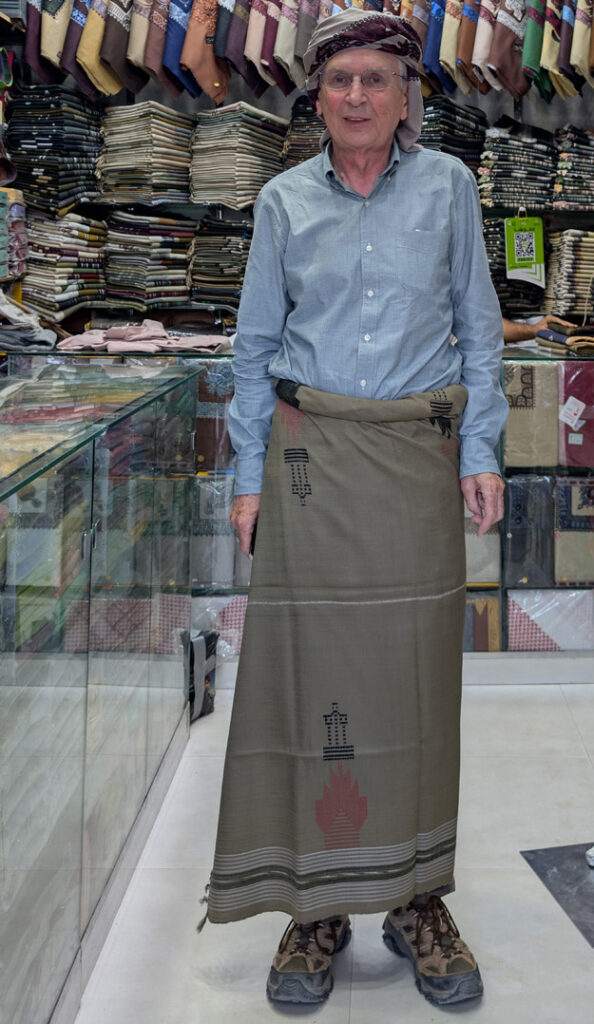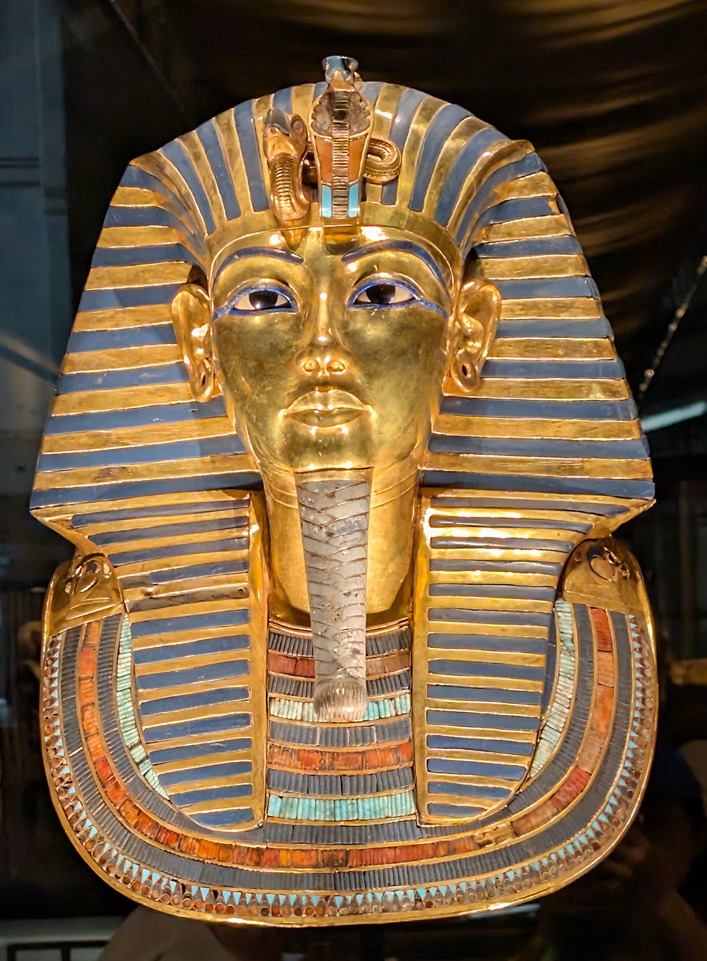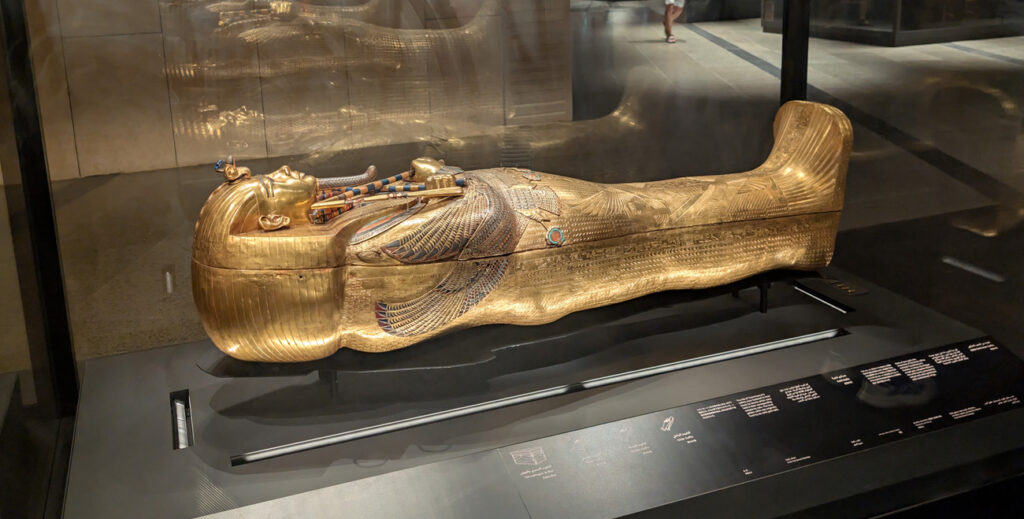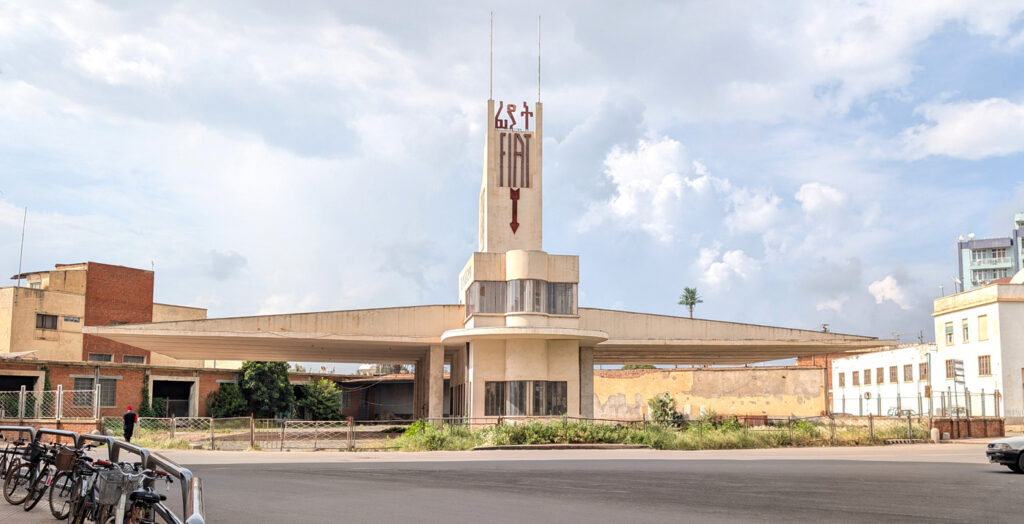I’m in Juba, South Sudan. There aren’t really many tourist sights in South Sudan, but it’s been interesting to see the local culture. Even although the country is desperately poor, it has managed to reach #1 in at least one area, Transparency International’s Corruption Index!
The most serious alleged corruption is high-level, supposedly around oil and also some entirely undeclared and officially non-existent gold mining. But at a lower level I did get several opportunities to witness Traditional Local Customs. At a street stop, several charming police ladies politely asked us “for some water” and after some joking back and forth, my guide reluctantly coughed up a few dollars to placate their thirst. At a major checkpoint, a policeman demanded to see my passport and then wouldn’t return it until my guide gave him a few dollars. All this happened completely out in the open for all to see.
No photos of course. My guide warned me that the police like to seize smart-alec smart-phones and then demand quite large sums for their return.
I’ve encountered small scale corruption before, but it is generally much more discreet. My guide was surprisingly philosophical about it. Neither the police nor other government officials have been paid for a year, “so of course they have to fend for themselves”. Oh dear.
One photo from South Sudan: a wrecked passenger ferry on the Nile. It’s been stuck there for at least a decade, as there no funds and no motivation to remove it.
